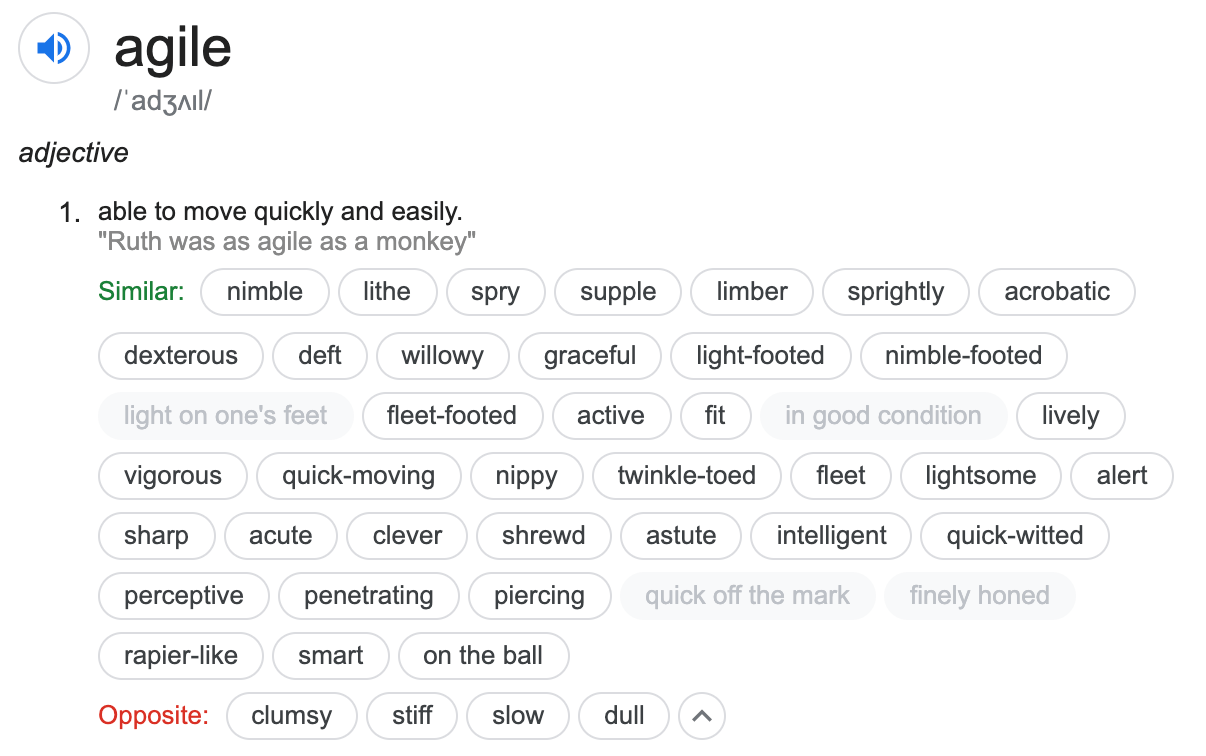
Stop murdering “Agile”, and be agile instead
“Agile Macabre” on techcamp.hamburg, Apr-2020
We keep hearing “Agile is Dead” - sceptics joking, shrugging it off, having had enough of the contentless propaganda of the agilists. When the #tchh guys reached out for us to give a talk, we decided to tickle this topic provocatively. You agree “Agile is Dead”? It’s because you’re murdering it.
I’ve been leading projects since 2002, becoming a full-blown agilist around 2011. Not so long after that, one of the creators of the Agile Manifesto, Dave Thomas proclaimed “Agile is Dead” in his famous 2014 blog and talk. Ever since, I thought, everybody’s doing a Danse Macabre around agility, so let’s use this ghastly theme and its legacy to explain things.
The Dance of Death concerns a few very spiritual topics, such as prayer to free the dead from sin, resurrection of the dead and even creatio ex nihilo (in the sense of meaning of existence). So, to translate this death theme to our ways of working, perhaps we should start with the last: to explain why we are here.
Any normal business wants to disrupt their way of working in order to achieve one or more of the classic business goals:
- reduce time to market and/or operational costs
- increase performance and/or transparency.
If you cannot identify your goal fitting to these four, you should immediately stop your transformation because you’re doing it just for the change itself, without a tangible business purpose. And then we cannot talk about agility as you're not a customer in need.
However, if either of the above four aspects applies to your business, you should then know why you want “Agile”? (By the way, the capitalization of this word will pretty soon go away when you start to practice. As in, it’s an adjective and as such spelled lowercase.) So, why? Ideally,
- not because you don’t know what you want, but because you like to change directions, or
- not because you don’t want to plan, but because you want to have metrics to measure your progress.
But if you’re so clear in what you want and why you want it, how come you’re still in agony? As I experienced, there are four basic reasons why teams struggle with agility.
- OTIF - Wanting It All. Failing to prioritize and accept/measure throughput (the concept of MVP, duh?)
- Super - Wanting It Best. Not allowing to fail fast in small amounts in order to help understand the whole product better
- Random - No Respect to Plans. Ignoring agreements, changing requirements often
- Blind - No Reflection. Showing no remorse, marching on without asking what went wrong and how to improve
So to be fair, poor agility is agonizing because you’re slaughtering it. Stop the torture, and you’ll be friends.
How to be friends? A lot of posts are talking about rules and laws, and we seem to like these when they come in threes. So, my “3 Laws of Agility”?
- Product Vision. Try to understand what you build, and instead of project planning, focus on Sprint outcomes. (Iteration, the very core of agility.) Don’t try to be budget (as in estimations, capacity or velocity) driven, rather emphasise value maximisation. And don’t be so service or tech oriented: develop a product mindset, understand what you will provide your customers with.
- Tech Enablement. Without this your “agile” project is as good as dead. Really. When you think of application modernisation, you want to be well architected, set up development processes, focus on testing, automate the hell out of it and embrace nativity in the cloud. I promise you, if you’re offline and manual, collaboration, monitoring and measuring will suck. You want working software in production, ASAP. Well, here you go: no stress about environments and deployments, just fun and results - if the tech is right.
- Team Discourse. You want results, habitually. First, you should focus on doability: small bits that give the sense of achievement and winning. This way you build trust and camaraderie, and your team will love working for you. Second, embrace iterativity. Continuous discourse and cycled structure will give you the same sense as above, but also you have a much easier time reporting and reflecting.

Finally, about a tech camp being forced online. It’s not a bad thing after all. Actually fitting the tech enablement bit above. Once we’re forced to be locked away, we start talking to each other more, using smarter collaborative techniques, less words, more meaning. It’s a resurrection in a way.
So, if you want to resurrect it, accept that agile is an adjective. Just as dead is. Both can be made nouns, but that’s very scary and contagious. Don’t be a zombie, choose life.
Get in Touch.
Let’s discuss how we can help with your cloud journey. Our experts are standing by to talk about your migration, modernisation, development and skills challenges.

